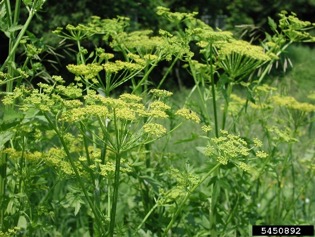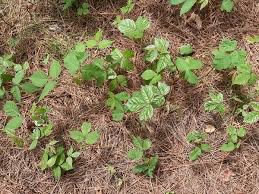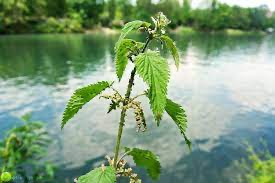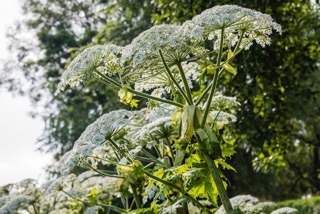Working Safely Outdoors: Toxic Plants In Ontario
By Sarah Miller, Operations Manager
Spring is here! The wind is warm, it’s sunny all the way into the evening, cute animals are waking up from their winter hibernation, and the first flowers are emerging from the ground. It’s a magical time of year. You are working outdoors as a security guard or canine handler and stop to admire a budding new plant. You pick it to take it home with you because it’s pretty, but it burns. You wash your hands, but it keeps burning. Your skin turns red. A rash spreads. Oozing blisters form. It creeps up your arm. You go to the hospital. It still gets worse.
You’ve just touched a toxic plant.
Did you know that Ontario is home to many species of plants like this that are dangerous to touch, and while working outdoors there is a chance that you may encounter them?
ASP is here to help by sharing a list of the top four toxic plants that you are most likely to find while working outdoors in Ontario and explaining what to do if you accidentally touch them.
Reporting Sightings at Work
lants at work please contact ASP
promptly to report the hazard and
do not touch it!
If you are unsure who to report
hazards to, please contact your
manager or the Health & Safety
department at healthandsafety@
security-asp.com.

1 – Wild Parsnip (Pastinaca Sativa)
This tall, yellow-flowered plant causes phyto-photodermititis. What this means is that when the sap of the plant gets on your skin and when exposed to ultraviolet light like the sun it causes a chemical reaction that creates burns and blisters. Pain from phyto-photodermitis can last for years and create life-long scarring.
First aid: Wash the affected area immediately with soap and water and avoid further exposure to sunlight. Do not pop the blisters. Keep the area clean and sterilized to avoid infection. Use a cool, wet cloth for relief of symptoms.

2 – Poison Ivy (Rhus Radicans)
This ground-hugging plant has a distinctive three-leaf cluster pattern and is the top cause of plant-related allergic contact dermatitis (skin inflammation) in Canada. Poison ivy is an oily plant and the oil causes painful irritation, rashes, and blisters that can develop over several hours or days.
First aid: Wash the affected area with soap and cool water because hot water will spread the oil. Do not touch anything else because it will become contaminated with the oil. Keep the skin clean and dry to minimize irritation and chance of infection.

3 – Stinging Nettle (Urtica Dioica)
This leafy plant that tends to grow by water sources looks like it has very fine hairs on it. These hairs are delicate and hollow, and when touched they break and a toxic secretion from the plant travels up the core of the hair, entering the skin. It causes a painful stinging sensation. The sting is followed by redness, swelling, and itchiness that will last for several minutes.
First aid: Use a cool, wet cloth for relief. Aloe vera may also help. Avoid scratching and keep the area clean and sterilized to avoid infection. Wash the area well. of infection.

4 – Giant Hogweed (Heracleum Mantegazzianum)
This white-flowered plant is a relative of the wild parsnip and can grow to several meters tall. Just like the wild parsnip, it causes phyto-photodermititis when its sap touches skin and the skin is then exposed to ultraviolet light. Pain and scarring can last for years after contact with the plant.
First aid: Wash the affected area immediately with soap and water and avoid further exposure to sunlight. Do not pop the blisters. Keep the area clean and sterilized to avoid infection. Use a cool, wet cloth for relief of symptoms.
